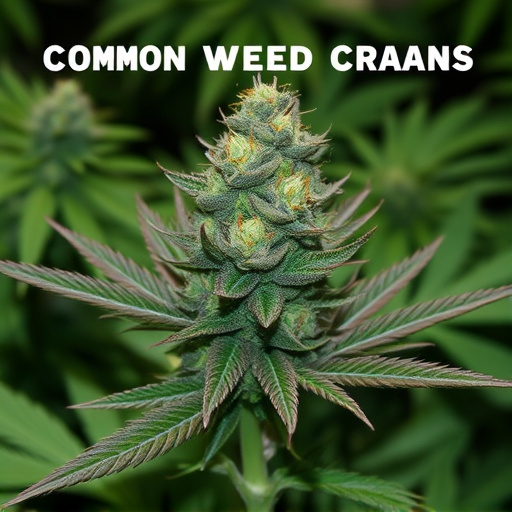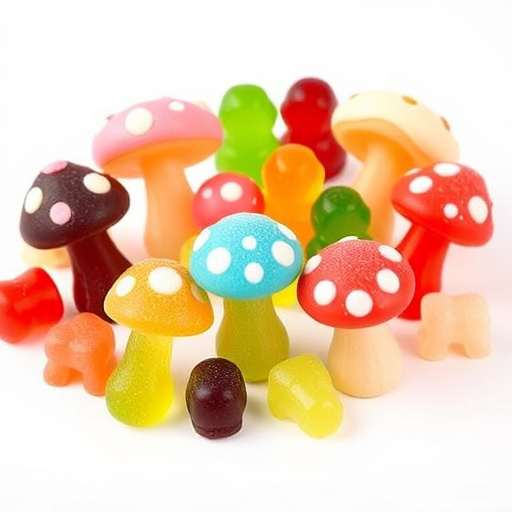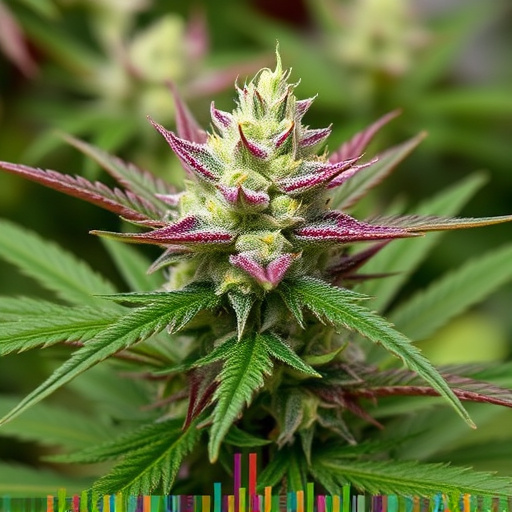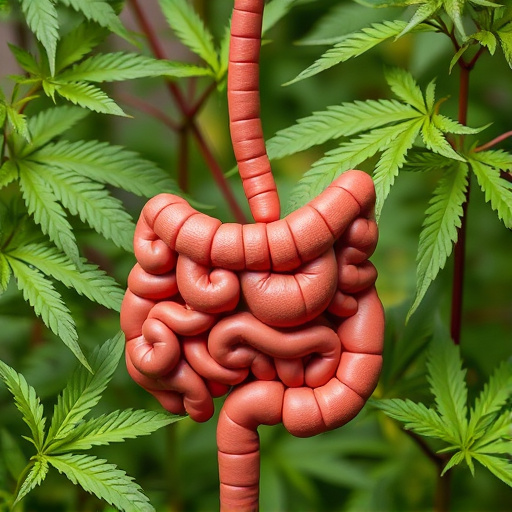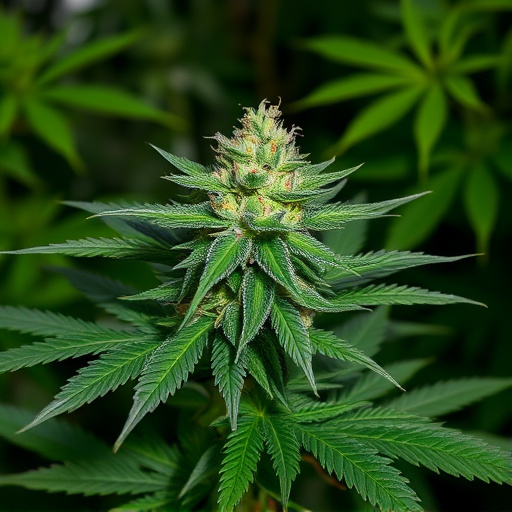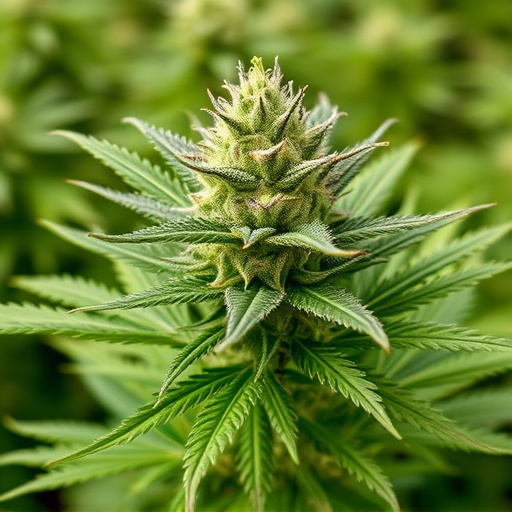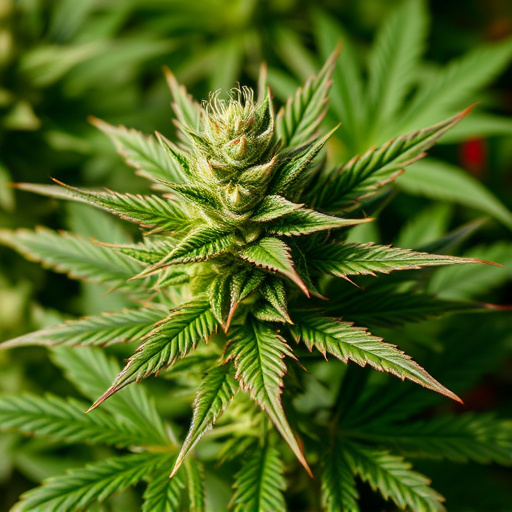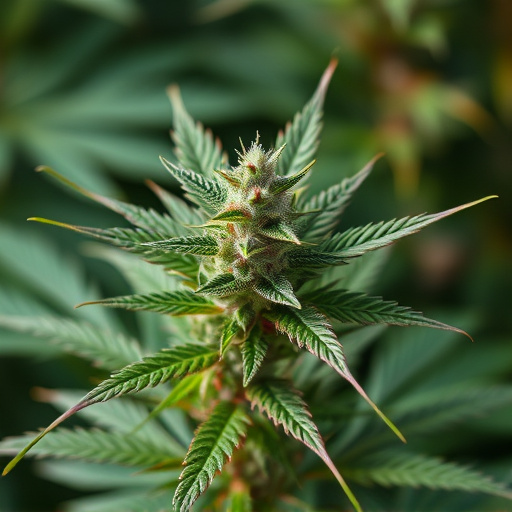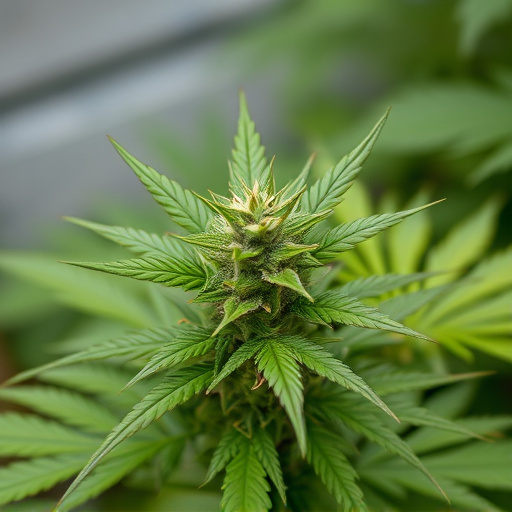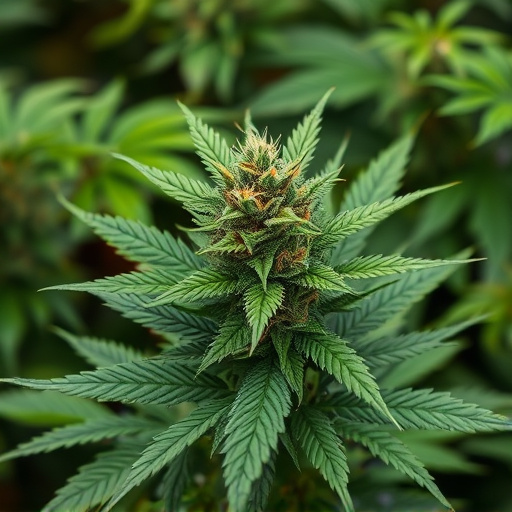Medical strains of cannabis effectively manage chronic pain through key components THC (tetrahydrocannabinol) and CBD (cannabidiol), which interact with the body's endocannabinoid system. THC, known for its analgesic properties, binds to brain and spinal cord receptors but comes with psychoactive effects. CBD, by contrast, doesn't produce a high and reduces pain through indirect ECS interaction, making it a preferred choice for natural relief. Combining THC and CBD in specific ratios offers promising outcomes, emphasizing the need for personalized strain and dosage recommendations from healthcare professionals or cannabis specialists based on individual pain conditions.
Discover the potential of THC and CBD, key compounds found in medical strains of cannabis, for effective pain management. This article delves into how these natural substances interact with our bodies to alleviate discomfort, offering a holistic approach to relief. From understanding their unique properties to exploring optimal usage, we uncover the science behind their pain-relieving effects. Learn about integrating medical strains of cannabis into your wellness routine for enhanced comfort and improved quality of life.
- Understanding THC and CBD in Medical Strains of Cannabis
- The Mechanisms Behind Their Pain-Relieving Effects
- Effective Usage and Considerations for Optimal Pain Management
Understanding THC and CBD in Medical Strains of Cannabis
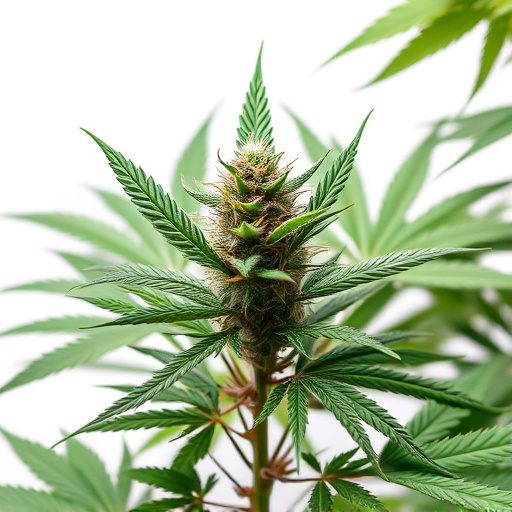
The components that make up medical strains of cannabis, such as THC (tetrahydrocannabinol) and CBD (cannabidiol), play a significant role in its effectiveness for pain management. These compounds interact with our bodies’ endocannabinoid system (ECS), which is involved in regulating various physiological processes, including pain perception and inflammation. THC, the more well-known component, is responsible for the psychoactive effects associated with cannabis, but it also has analgesic (pain-relieving) properties. It binds to specific receptors in the brain and spinal cord, modifying the transmission of pain signals.
In contrast, CBD does not produce a high like THC and has gained significant attention for its potential therapeutic benefits. It doesn’t directly bind to the same receptors as THC but instead interacts with the ECS indirectly. Research suggests that CBD may reduce pain by inhibiting certain enzymes responsible for inflammation and nerve damage. The combination of THC and CBD in medical strains offers a promising approach to managing chronic pain, providing both analgesic and anti-inflammatory effects without the intoxicating effects of pure THC.
The Mechanisms Behind Their Pain-Relieving Effects
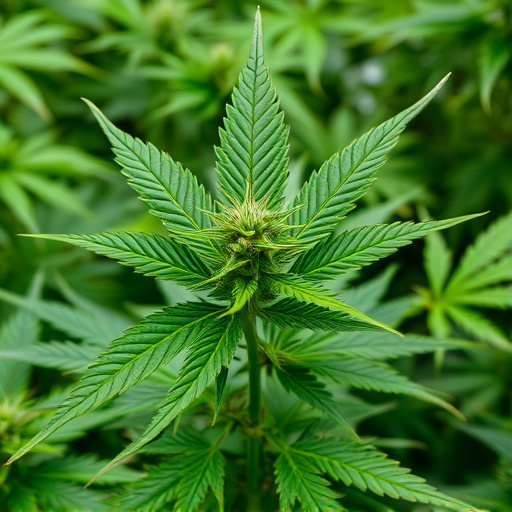
The mechanisms behind THC and CBD’s pain-relieving effects are rooted in their interaction with the endocannabinoid system (ECS), a complex network of receptors found throughout the body that regulates various physiological processes, including pain perception and inflammation. When consumed, these compounds mimic the action of endogenous cannabinoids produced by our bodies, binding to specific receptors like CB1 and CB2. This activation helps modulate pain signals, reducing their transmission from the site of injury or inflammation to the brain.
Medical strains of cannabis containing varying ratios of THC and CBD offer a nuanced approach to pain management. THC, known for its psychoactive properties, binds strongly to CB1 receptors, primarily located in areas associated with pleasure and cognition, contributing to its analgesic effects. Meanwhile, CBD interacts with both CB1 and CB2 receptors but does not produce the psychotropic high associated with THC. Its anti-inflammatory properties play a significant role in soothing pain and swelling, making it a popular choice for those seeking natural relief without mind-altering effects.
Effective Usage and Considerations for Optimal Pain Management
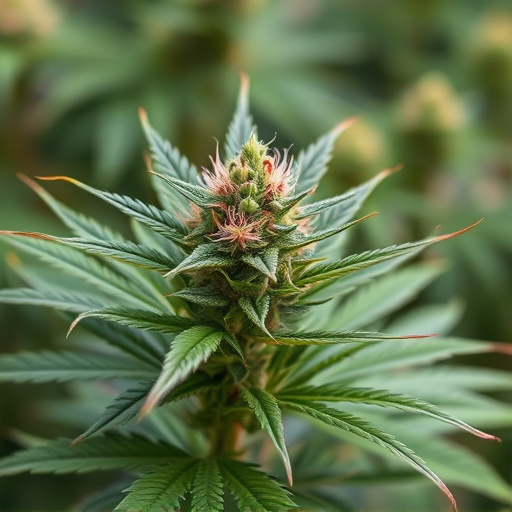
For optimal pain management, it’s crucial to understand the effective usage and considerations of both THC (tetrahydrocannabinol) and CBD (cannabidiol). Medical strains of cannabis are not a one-size-fits-all solution; dosage and strain selection should be tailored to individual needs. THC is known for its analgesic properties, offering relief by interacting with endocannabinoid receptors in the body’s pain system. However, higher THC levels may also induce side effects like anxiety or paranoia, especially in new users.
CBD, on the other hand, has gained popularity for its potential anti-inflammatory and neuroprotective benefits. Unlike THC, CBD doesn’t produce psychoactive effects, making it a safer option for those seeking pain management without mental impairment. When used together in specific ratios, THC and CBD can offer synergistic effects, potentially enhancing each other’s therapeutic properties. Consulting with a healthcare provider or cannabis specialist is essential to determine the most suitable medical strains of cannabis and optimal dosages for individual pain conditions.
Cannabis, particularly its medical strains, offers a promising avenue for pain management due to the synergistic effects of THC and CBD. By understanding their interplay and mechanisms within the body, individuals can optimize their treatments for enhanced relief. The key lies in tailoring usage to specific needs, considering dosage and delivery methods, while acknowledging that both compounds work together to alleviate pain naturally. Incorporating knowledge about medical strains of cannabis into pain management strategies paves the way for more effective, holistic care.
